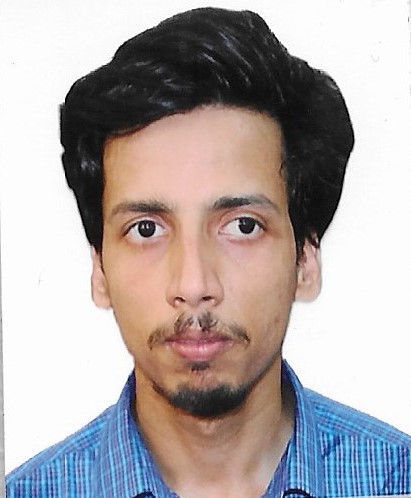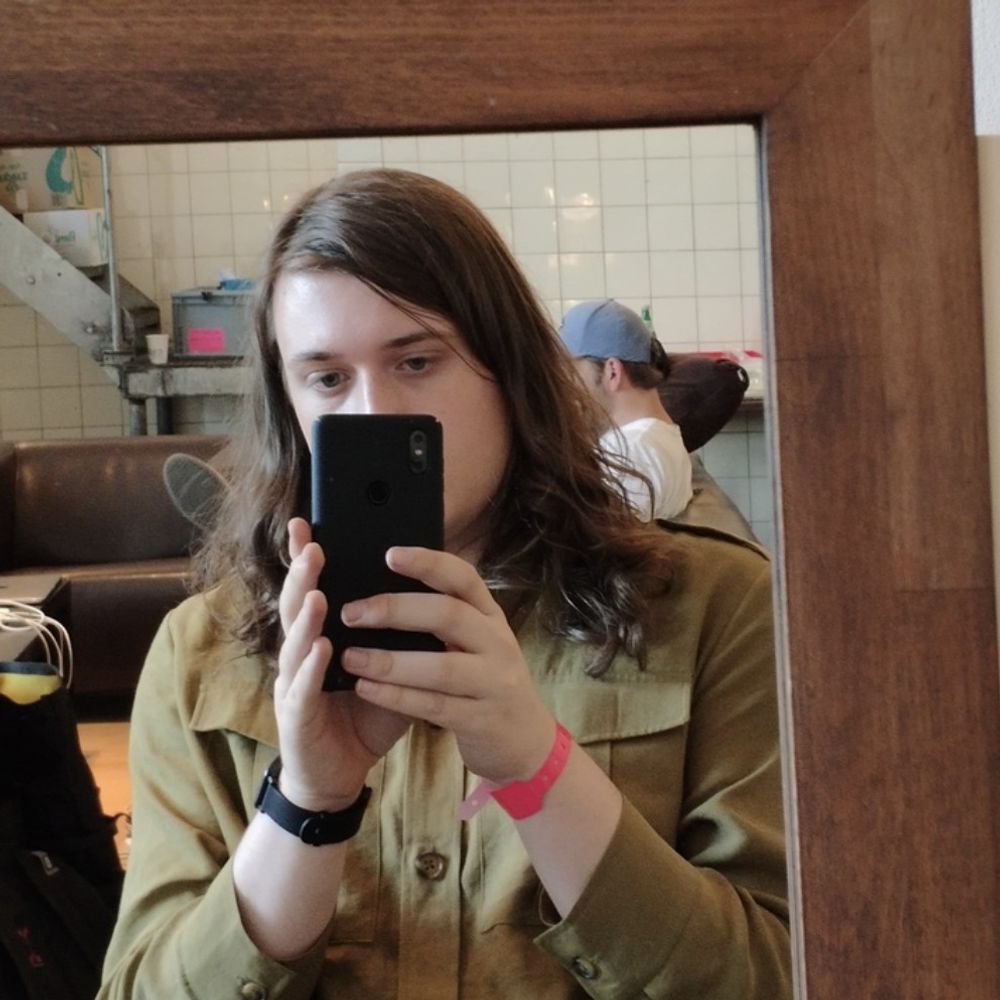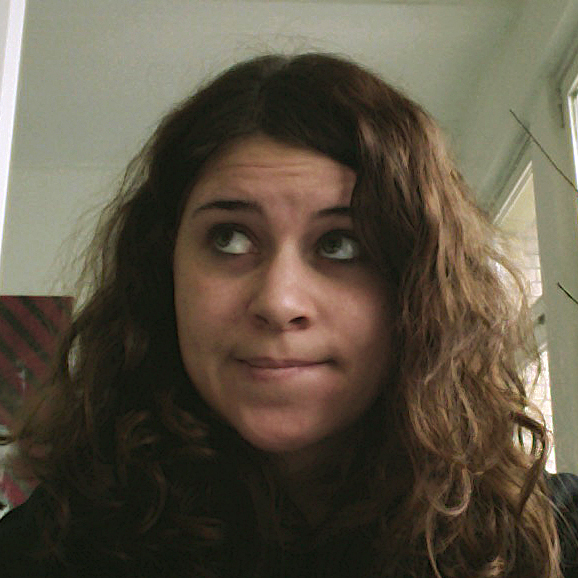-
RustBridge

Roberto Vidal
Senior Engineer at Tuenti by day, Rustacean by night. Organizer of the Madrid Rust meetup. He wants you to learn Rust.
2-day workshop
RustBridge is an all-day workshop focused on getting underrepresented people with a background in another programming language to learn Rust and join the community. In this workshop we’ll get you up and running with a Rust development environment, introduce you to Rust syntax and programming concepts, and work together to build a small website that you can personalize, extend, and share!
-
Wundergraph or How to build a compile time GraphQL ORM using Diesel

Georg Semmler
Georg Semmler is a Diesel core team member and creator of Wundergraph. He is writing Rust code since 2014 and helped to port a geoscientific database system from C++ to Rust. Currently he is writing his PhD thesis at TU Bergakademie Freiberg, Germany, where he builds a database system for geoscientist to collaborate on their work and which allows others to reproduce their results.
2-day workshop
The rust ecosystem is missing a performant crate to serve GraphQL APIs generated from existing database schemes. Wundergraph fills this niche by utilizing Diesel and Juniper to provide a performant way to serve a database schema as a GraphQL API.
As part of this workshop we will
- explore basic Diesel usage
- learn how Diesel works internally
- look into basic Wundergraph usage
- and learn how to build complex abstractions like Wundergraph
Each step will be augmented with practical hands-on coding exercises.
If you like to see advanced uses of Rust’s trait system, or if you’re interested in how we managed to write a high-performance GraphQL server library, this workshop is for you.
-
WebRTC with GStreamer and Tokio

Sebastian Dröge
Sebastian is a Free Software developer and one of the GStreamer maintainers and core developers. He has been involved with the project since more than 10 years now. He also contributes to various other Free Software projects, like Debian, Rust, GNOME and WebKit. While finishing his master’s degree in computer sciences at the University of Paderborn in Germany, he started working as a contractor for GStreamer and related technologies. Sebastian is one of the founders of Centricular.
2-day workshop
In this workshop we will develop a small command-line application that acts as a WebRTC peer and can share audio/video streams with a web browser or another instance of the application.
Technology-wise we’ll use GStreamer for the multimedia aspects and Tokio/websocket for the networking aspects, and we’ll make use of async/await.
Basic Rust knowledge is a requirement for this workshop and participants should bring a laptop (ideally with webcam/mic), running Linux, macOS or Windows, or pair with another participant on their laptop.
-
Rust and eBPF
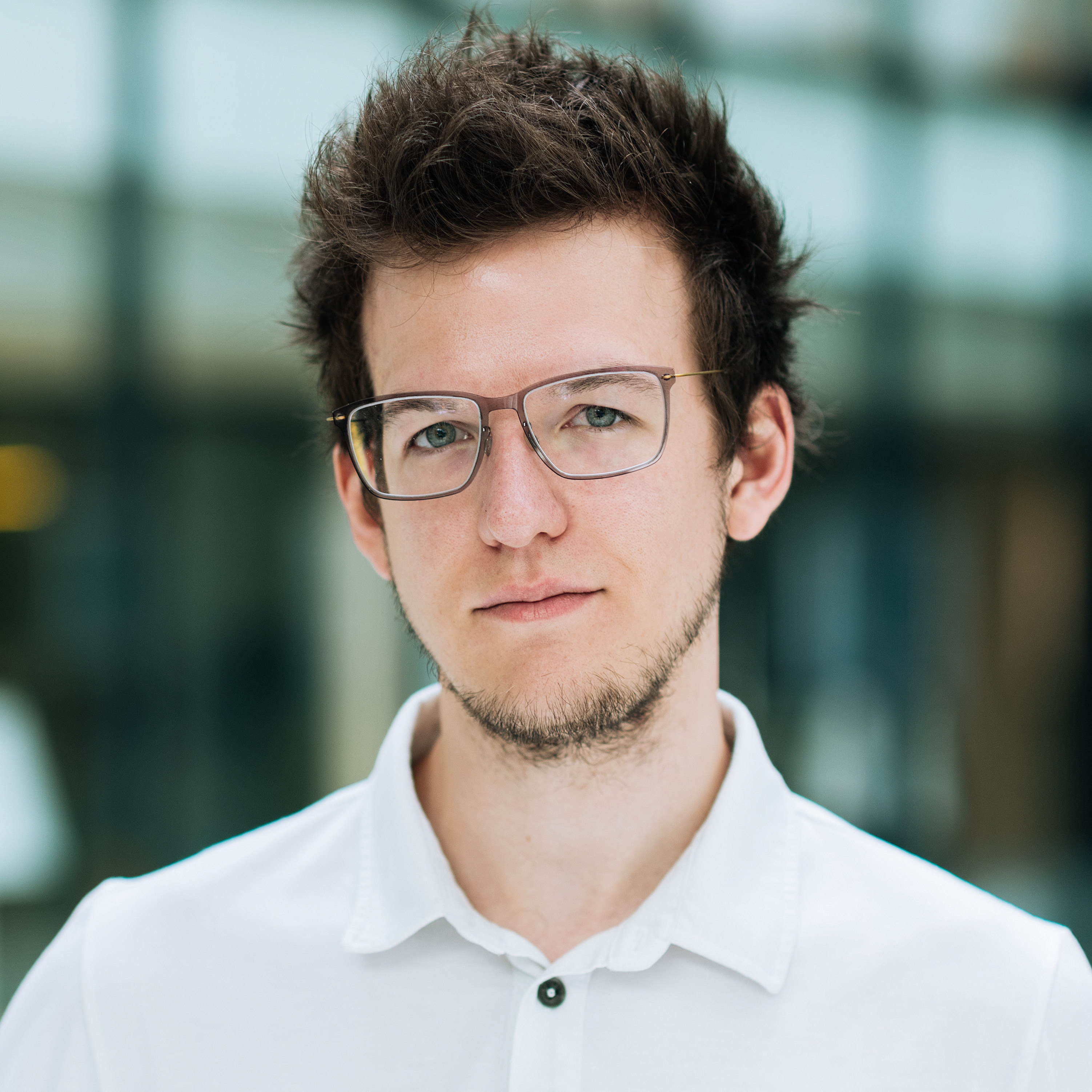
Peter Parkanyi
Peter is a security engineer working with Rust for almost 5 years. At Red Sift, he is working on InGRAIN, a security monitoring platform that uses Rust at its core. In his free time, he runs a social media self-defence workshop at the London CryptoParty and works on open source projects around cryptography, privacy, and distributed systems.
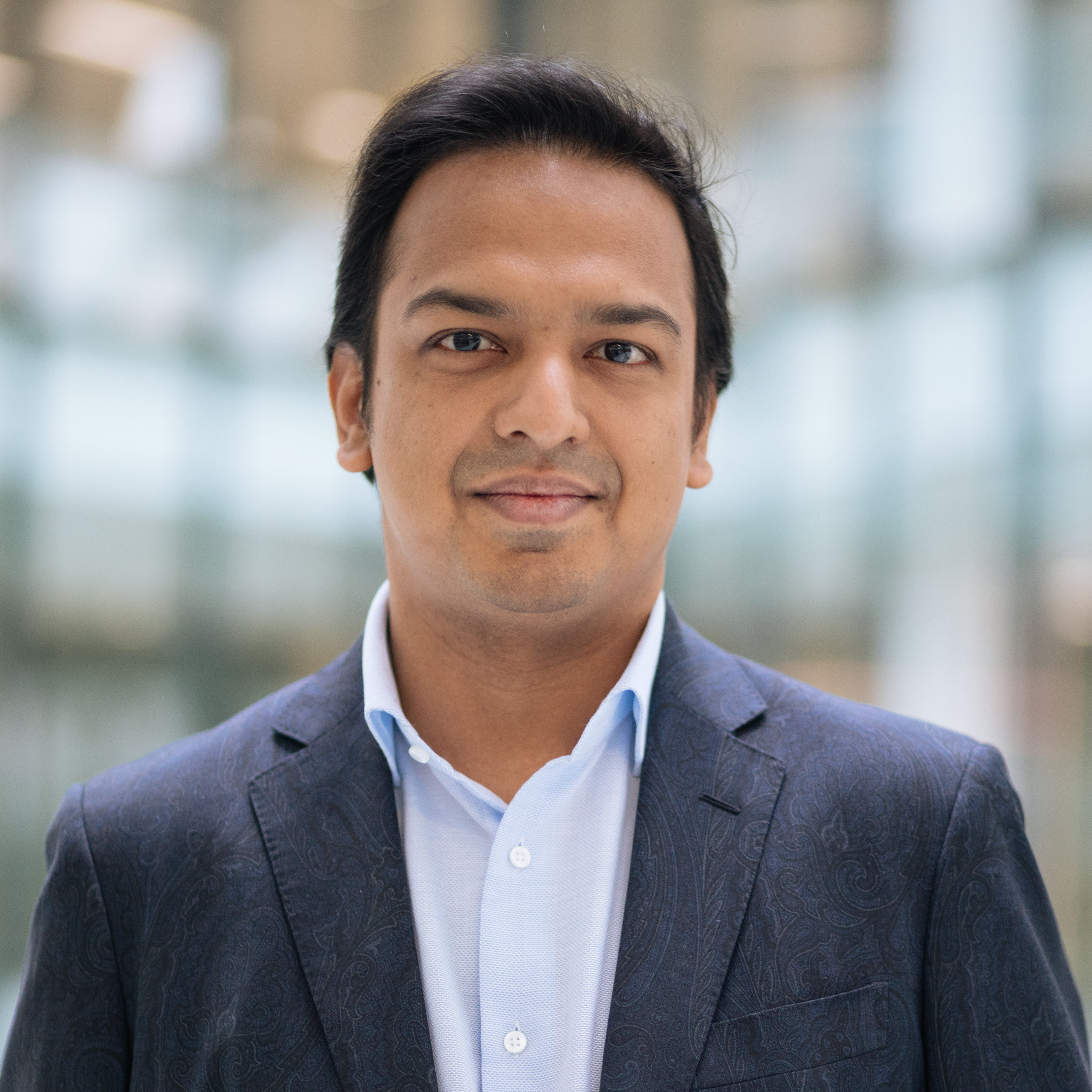
Rahul Powar
Rahul is Founder and CEO of Red Sift, a venture-backed London start-up building a cognitive cybersecurity platform. He codes, with a specialization in high-performance computation and distributed systems. He built the music search cluster at Shazam, the App that recognizes music over your mobile phone.
2-day workshop
In 2019, there’s Kubernetes everywhere, and developers have become used to just dropping a container to get our apps running, then quickly forgetting them until something breaks again. The convenience is hard to question. But how do we know what happens in the meantime? This workshop will introduce the basics of modern Linux monitoring using Rust and eBPF.
You will learn how to write eBPF modules that run inside the kernel to intercept syscalls with Kprobes, filter and monitor network traffic using XDP, and copy packets into user space using socket filters.
We’ll use InGRAINd, Red Sift’s eBPF platform that lets you write all the code in Rust, and compile everything into a single binary, and pop it onto a server without any special setup.
Bring your own workload, containers, VMs, cluster, mainframe, or Raspberry Pi.
On Sunday this workshop will repeat. If you haven’t been before, this is your chance to attend. If you joined on Saturday and want to continue to work with Rust and eBPF on your own, you are invited to come as well.
-
A Machine Learning introduction to ndarray

Luca Palmieri
Luca Palmieri is a Mathematician by training, Data Scientist by trade, Rustacean by night. He builds ML products and data-intensive applications at TrueLayer. Rust-wise, he is an active maintainer of ndarray-stats and ndarray. He says not to be consistent, but when he manages to distill and collect his thoughts on spurious topics, they are published at https://lpalmieri.com.
2-day workshop
The
ndarrayecosystem provides the basic building blocks to write scientific computing software in Rust: we will go through the main features, the data ownership model and other fundamental concepts required to properly leverage the strength of this suite of crates.Most machine learning techniques, once you get to the nitty gritty implementation details, boil down to a bunch of matrix multiplications and linear algebra algorithms, with a sprinkle of statistics. We will implement from scratch some machine learning routines as a hands-on introduction to ndarray and its ecosystem.
-
Creative Coding in Rust with Nannou

Mitchell Nordine
A digital artist and Rust enthusiast, developing the nannou creative coding framework and community for the past two years and the wider Rust audiovisual ecosystem since Rust 0.9. As a violinist turned music producer turned programmer, Mitchell is passionate about coding as a tool for creative expression and creative coding as a tool for learning.

Joshua Batty
Dr Joshua Batty a creative coder: artist: musician: freelancer: researcher: & digital alchemist who is passionate about creating audiovisual sensory experiences with digital technology. He specialises in developing realtime interactive audiovisual environments as one half of MindBuffer, and is a co-founder of the Rust creative coding framework, Nannou.
Saturday
Creative coding is a way of looking at programming as a tool for creative expression. One of the beauties of creative coding is the potential to express ourselves in a wide variety of domains. Nannou aims to give equal priority and easy access to a full suite of creative I/O including graphics, multi-windowing, audio, LASERs, lighting and more.
Attendees will get an introduction to creative coding through nannou and the opportunity to use nannou to experiment with each of the aforementioned domains in a guided, relaxed and playful setting.
-
Getting feedbacks/opinions on rustdoc and Rust documentation
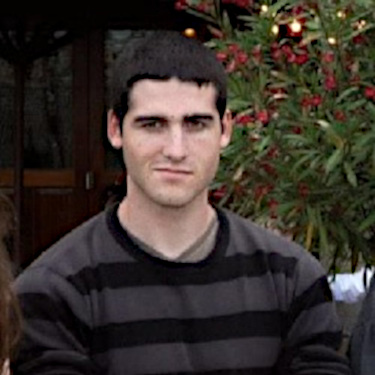 Saturday
Saturday
This workshop tries to gather feedback and opinions on what people would like to have changed/improved/added in rustdoc and Rust documentation more generally, but also discussing about some old (and “famous”) issues to get some new insights.
Furthermore, this can be used as a discussion ground about good practices when writing Rust documentation and present some useful but not very well known rustdoc features.
The idea behind it is trying to be able to connect to documentation users as well as writers and try to hear their needs in person.
-
Introduction to Embedded Development
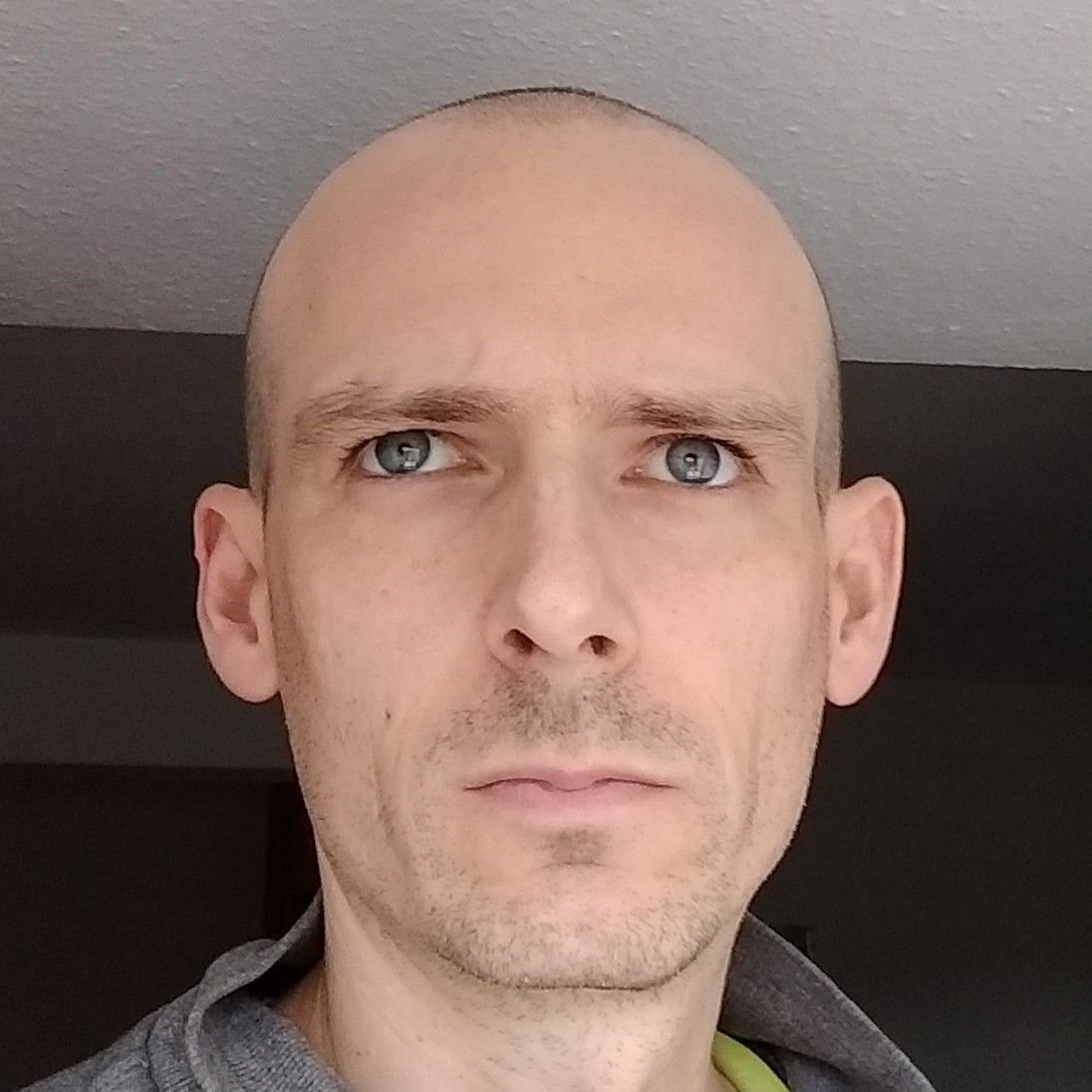
Hanno Braun
Hanno Braun has been active in the embedded Rust community for years and is involved in some of the key groups in the space. He’s running Braun Embedded, a one-man consultancy focused on embedded Rust.
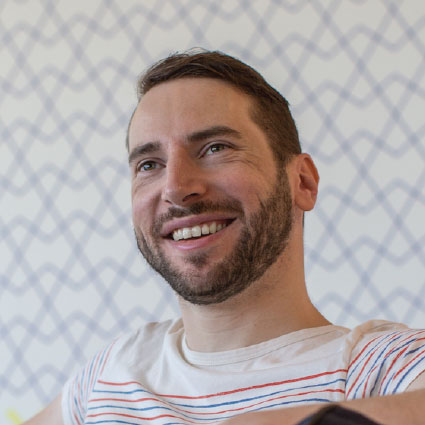
Matthias Endler
Matthias Endler is a backend engineer at Trivago and long-time member of the Rust community. He’s been teaching Rust for years, through his blog, his YouTube show “Hello, Rust!”, and many talks and workshops at various events.
Saturday
Rust is a great choice for embedded development! It combines high-level abstractions with low-level control, safety with performance. In this workshop, you will learn embedded development on a microcontroller, using Rust. We’ll teach the basics, talk about pitfalls, and provide an environment for experimentation.
Experience with embedded development is not required, but basic Rust experience would be helpful. Every participant will be provided with a LPC845-BRK development board, free of charge and for them to keep.
-
Sketching for faster learning and effective communication
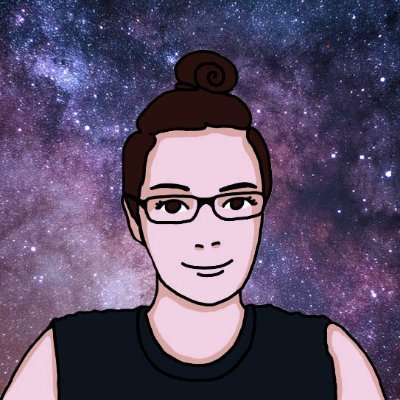
Malwine
Malwine is an artsy technologist and sketchnoter focusing on helping people understand through visualization. On her current mission she educates about the opportunities and challenges of digital transformation. She loves learning, creating and explaining everything around technology focussing on keeping the internet an open, free and accessible space. Malwine graduated in computer science and worked as a software developer for several years.
Saturday
Ever seen sketchnotes (visual notes of technical content) at a conference, and wished you could communicate as clearly, and quickly?
We’ll let you in on a secret - drawing is a teachable skill, just like writing code is.
We’ll start this workshop with fun introductory exercises we’ve refined at conference workshops this year, to help you build some confidence. Materials will be provided.
Next we’ll show you how you can use visual techniques to help with discussions in daily work situations, summarise subjects you’re learning, or capture the key ideas from talks.
You’ll leave with new confidence and skills you can use the same day!
-
Bring your own topic / Lightning talks
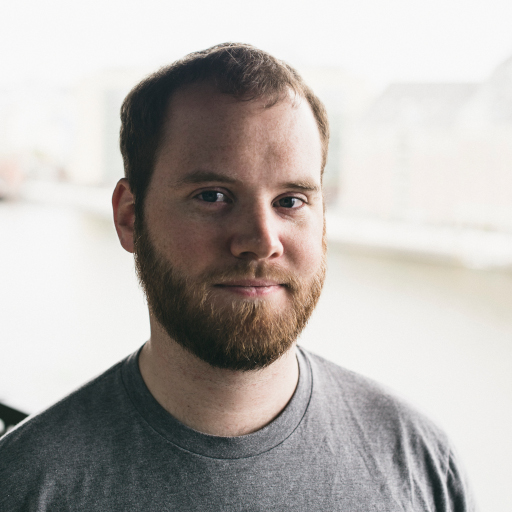
Jan-Erik Rediger
Jan-Erik is a Software Engineer at Mozilla. He founded RustFest in 2016 and has been with the conference ever since. To get away from computers he recently picked up scuba diving to see the world under water.
Sunday
An ad-hoc space to present and discuss your latest research and experiments with Rust.
What are you working on? What’s your crate of the month? Any RFC that’s noteworthy? A new cool design pattern you recently learned and applied in your own codebase?
You are encouraged to bring a lightning talk, a discussion started or your code problem. All attendees will be invited to both ask for a topic to be covered, and present on any topic of interest to the group. Participation is voluntary, of course.
-
2D game programming with Rust

Ramón Huidobro
Ramón is a freelance software developer and avid community member. Previously also a kids’ coding instructor and football coach. If he were a kitchen item, he’d be a fridge, ‘cause I keep things cool.
Sunday
Ever wondered how to make games using Rust? New to Rust and hoping to use making a game as a good way to familiarize yourself with the language? Wanna have some fun and do some coding along the way?
Yes! Same here! To all the above!
Let’s make a co-operative game featuring our friend the 🦀 collecting treats at the beach, using Rust and ggez!
-
Lindenmayer systems; modeling the natural world
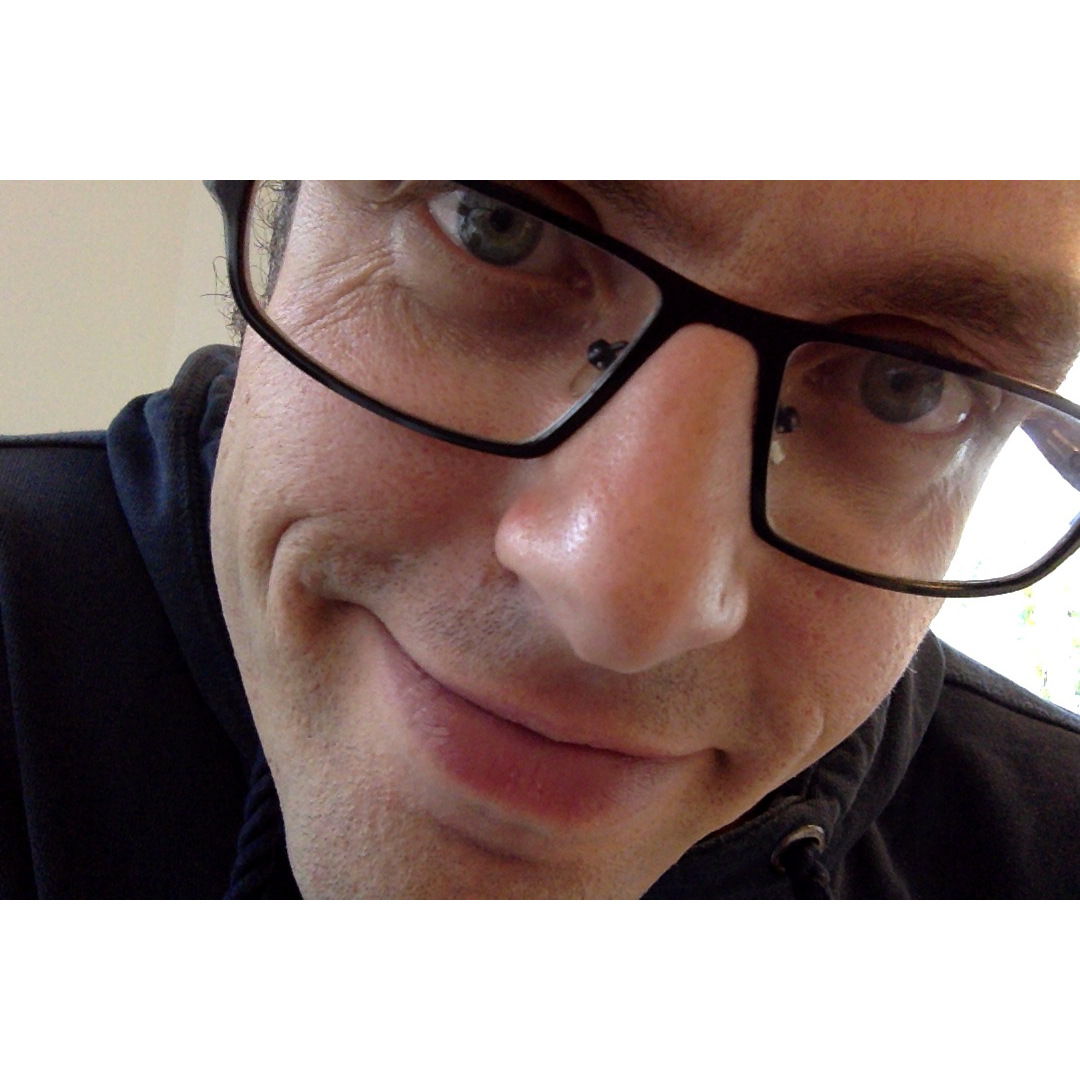
Daan van Berkel
Daan van Berkel is a enthusiastic software tinkerer with a knack for presenting technical details in a clear and concise manner. Driven by the desire for understanding complex matters Daan is always on the lookout for innovative uses of software
Sunday
Nature has beautiful forms: from the crescent waves on the ocean to the beautiful wings of certain butterflies; from the stripes and spots of animals to the branching and weaving of plants and trees. All these patterns seem intricate and complex. Often they can be modeled in a simple and effective way. Sometimes this model lets you learn something about nature.
In this workshop, we will explore Lindenmayer systems, or L-systems. These systems allow you to model various natural forms such as plants and it offers a playground for certain type of fractals. So let’s explore your favorite natural forms.
